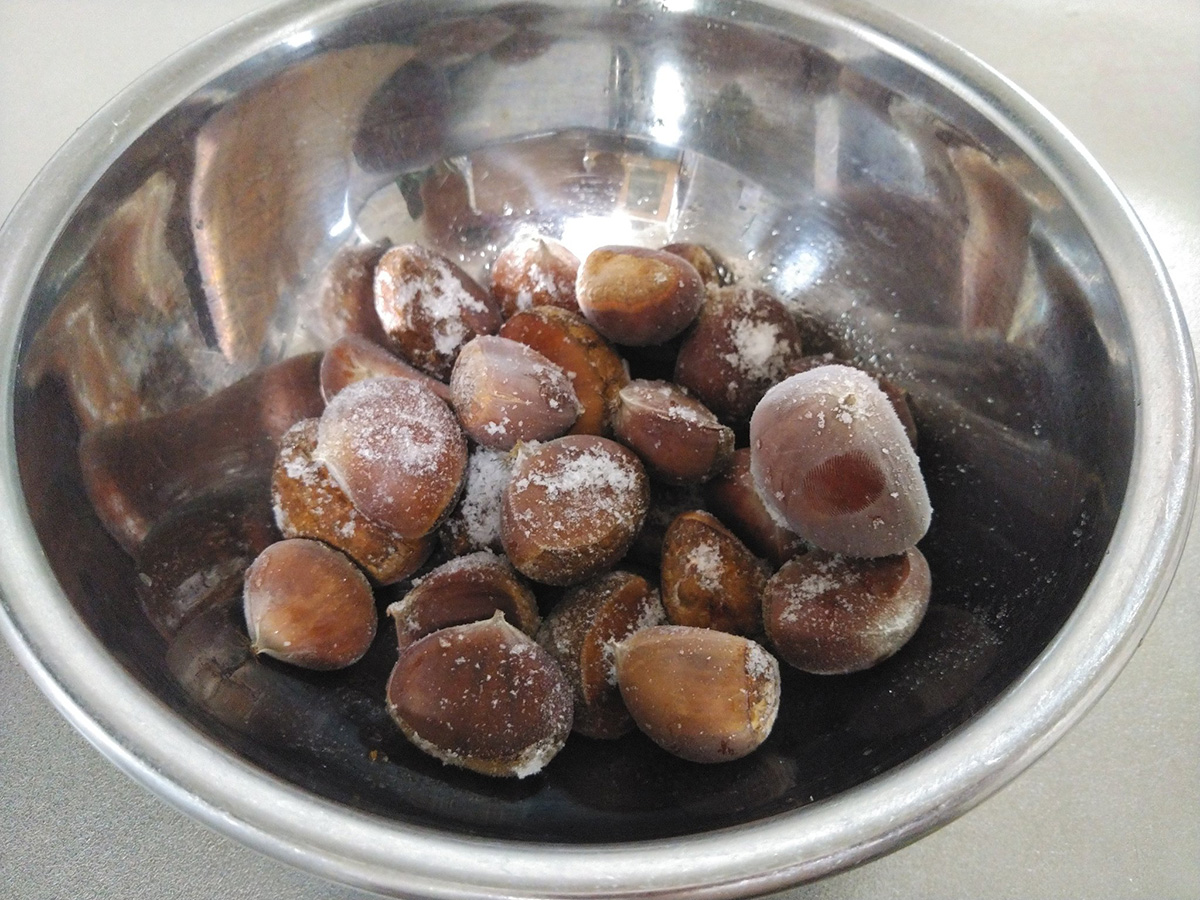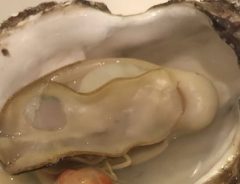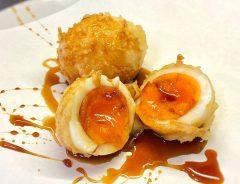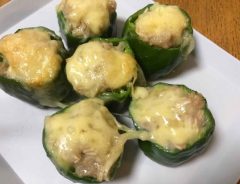
Source: 稲本雄太 Yuta Inamoto (@InamotoYuta) - image used with permission
This simple lifehack makes peeling raw chestnuts a cinch
- Tags:
- Chestnuts / Cooking / food preparation / lifehack / peeling
Related Article
-

Shared kitchen space project in Japan gives restaurant entrepreneurs relief during pandemic
-

Japanese Twitter user opens oyster to find he’s been beaten to the punch by previous customer
-

Handmade Pikachu and Kirby dumplings are too cute to pika-chew
-

Turning Japanese convenience store bread into gourmet French toast
-

Pro chef makes mouths water with game-changing tempura sauce recipe
-

Japanese comedian serves up simple and sweet stuffed pepper recipe


Autumn is the season of abundant and delicious foods. In Japan, it's often said to be "the season of healthy appetites." Chestnuts, in particular, are one of the most representative autumn delicacies.
Chestnuts are a versatile ingredient that can be used in various dishes ranging from desserts to stuffing and more. In Japan, it's cooked with rice for a delicious side dish and is widely featured in a variety of sweets.
However, one of the reasons people may choose not to cook with chestnuts is that cooking and peeling them can be a tedious process. In fact, in Japan, chestnuts are known to be so notoriously difficult to peel that specialized tools are sold exclusively for this purpose.
However, as it turns out, it doesn't have to be that way.
If you follow a simple lifehack shared by Japanese Twitter user 稲本雄太 Yuta Inamoto (@InamotoYuta), you'll have chestnuts ready to use without all the fuss, no special tools required!
To begin with, freeze your raw chestnuts overnight.
Reproduced with permission from 稲本雄太 Yuta Inamoto (@InamotoYuta)
The next day, remove them from the freezer and immediately soak them in boiling hot water for 5 minutes.
Reproduced with permission from 稲本雄太 Yuta Inamoto (@InamotoYuta)
Then, drain the chestnuts, cut off the flat bottom with a kitchen knife, and you'll be able to easily peel them by hand, hard shell, brown membrane and all.
Reproduced with permission from 稲本雄太 Yuta Inamoto (@InamotoYuta)
They're still raw at this stage and raw chestnuts contain tannic acid which can cause problems for certain people. Cooking the chestnuts removes tannic acid and makes them sweeter.
Inamoto originally learned about this preparation method online. He was skeptical about it at first, but when he tried it out, he realized it truly worked.
Just looking at his photos, you can tell how easy the process is and how neat the end result is.
His post elicited comments such as:
Inamoto notes that "it's also very safe," as it reduces the number of times you have to use a knife or a specialized chestnut peeler with sharp serrated blades.
If you have had trouble with chestnuts in the past or avoided them for this reason, why not give this lifehack a try and enjoy chestnut dishes?